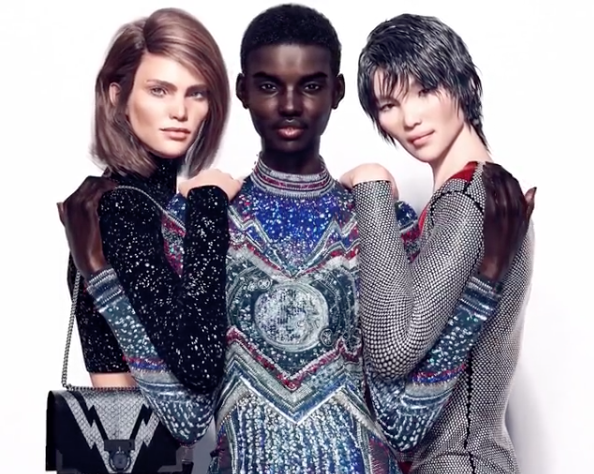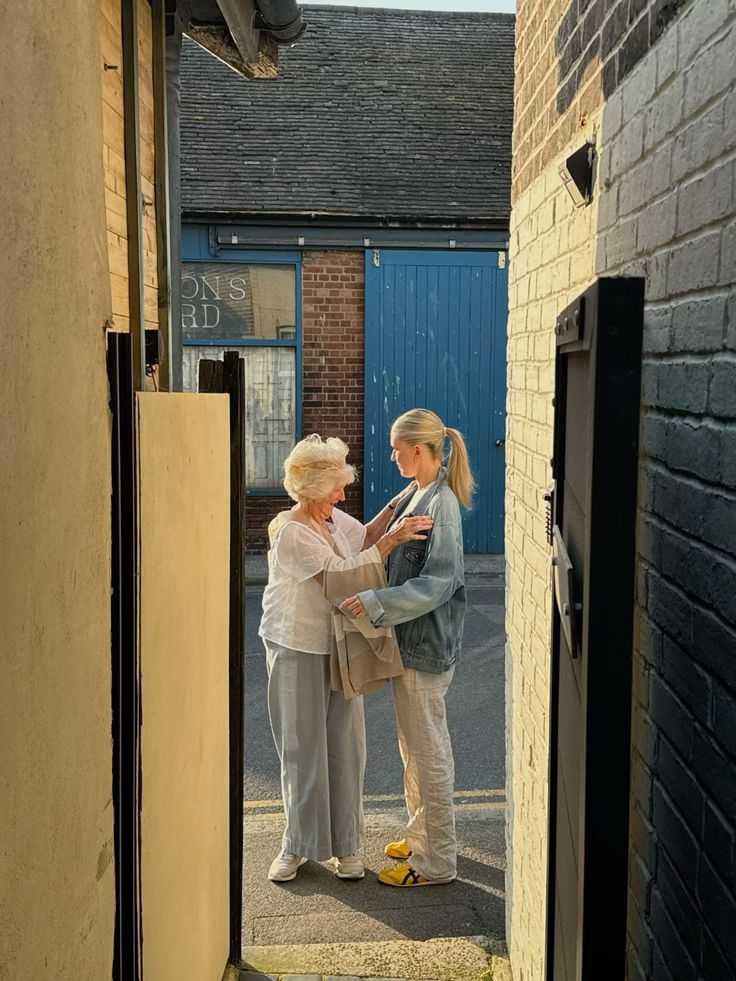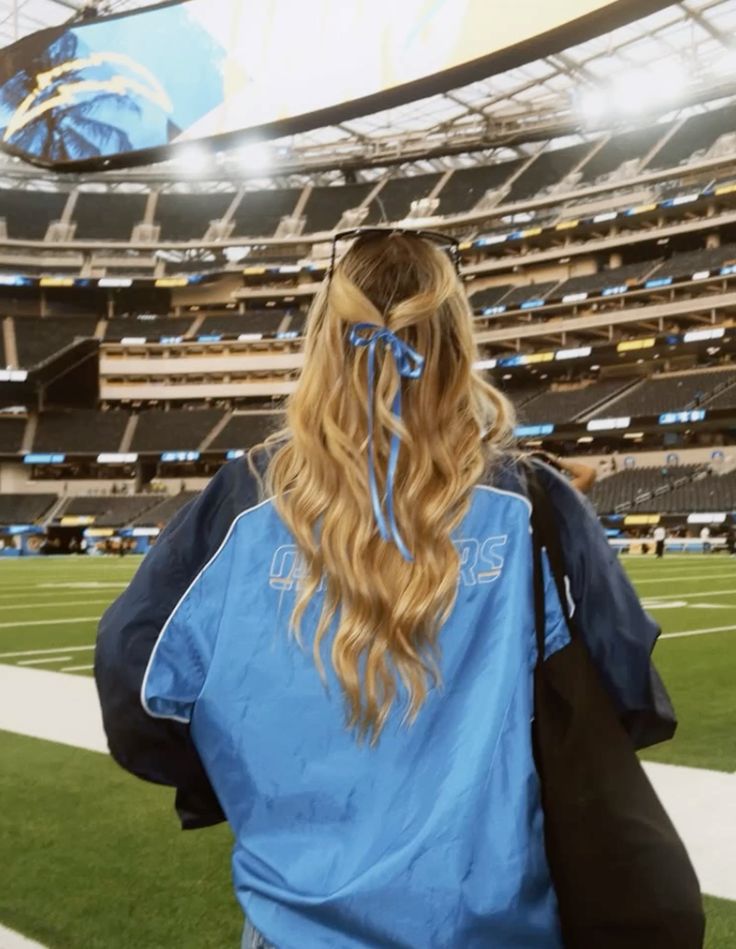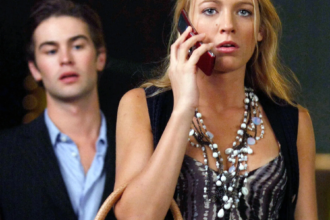In 2016 Lil Miquela turned Instagram upside down and caused a storm of questions. Is she a real girl? A robot? A Sim? With over 1.8 million followers on Instagram, Lil Miquela is not just a huge Instagram influencer — she’s a Computer Generated Image (CGI). Collaborating with big names like Vogue and Prada, Lil Miquela is just one example of the growing number of CGI models used as influencers, potentially becoming the future of advertising. Within the past couple of weeks, fashion giant Balmain announced that their new pre-fall 2018 modeling campaign would take fashion to a new level as they introduced three completely CGI supermodels.
In a press release, Balmain announced that, “There’s only one quality that immediately stands out when you look at the growing Balmain Army: an unfettered celebration of inclusion. Anyone and everyone is welcome to join its growing ranks, they need only share our bold spirit of adventure.”
Pushing for a more inclusive set of models for their latest campaign, they went ahead and created their own beautifully diverse models: Shudu, Margot and Zhi.
Meet the Models
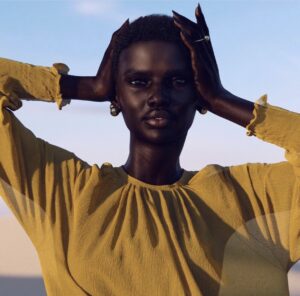
Posted by @shudu.gram on Instagram
Shudu was the first of these models to be created in the beginning of 2017 by photographer Cameron-James Wilson who frequently works with world-renowned models like Gigi Hadid. She is a “South African Princess Barbie” who was completely constructed from scratch to make her as unique as possible. Wilson describes that his idea of beauty was influenced by models like Naomi Campbell and Iman when he first immersed himself into the fashion scene, inspiring his creation of Shudu. In April 2017, he created Shudu’s Instagram that now has over 144 thousand followers, and since then, she has been featured by brands like Fenty Beauty and now Balmain.
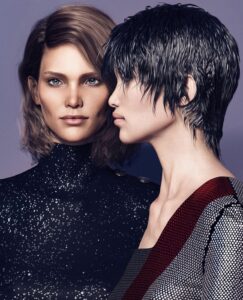
Posted by @balmain on Instagram
CGI Models Zhi and Margot were created specifically for the Balmain campaign, each reflecting inspirations from Balmain’s creative director Olivier Rouseting. Rousteing explains that his inspiration when creating Margot was for her to be the “French girl of his childhood dreams.” As for Zhi, he describes her as, “a Chinese beauty with a really short haircut — very rock-and-roll!” She is also modeled after David Bowie and “pushing the agenda that David Bowie did in the past.”
Is Balmain Really Promoting Diversity?
The misrepresentation of women of color when it comes to fashion and makeup brands has been a controversy for years — but is Balmain’s CGI models actually increasing inclusivity? This campaign has received much criticism with some saying that it is actually hurting the cause by not employing real, diverse women. It’s difficult enough for women of color to gain representation, and now they are competing with women who don’t even exist and are created to be perfect. With that being said, this campaign is also promoting women that are digitally created to have no flaws whatsoever, and in a society filled with Photoshop and editing, this could promote an even more toxic set of standards for real women to be compared to.
There are always controversies surrounding any avant-garde campaign, and it is unclear where CGI models will go from here. As long as companies are able to find a balance between CGI diversity and true diversity, the two have a chance to coexist in harmony.
Tweet us, @VALLEYmag, and tell us what you think about the future of CGI modeling.

